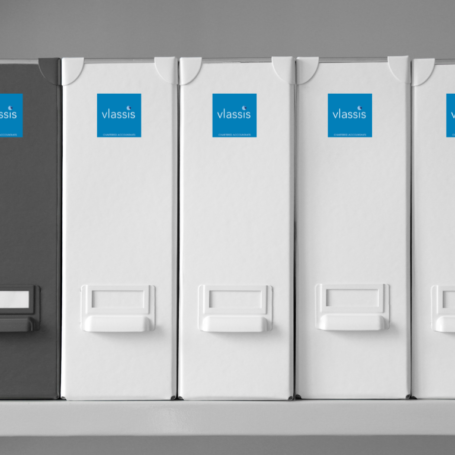There is inherent risk and there is avoidable risk when growing a business.
Many business owners are aware of the inherent risks but many are oblivious to the avoidable risks that leave them personally exposed and liable. From banks requiring guarantees on the family home to being personally liable for company tax debts, here are a couple tips to help mitigate risk when starting or growing your business.
1. Factoring (Finance)
When growing your business there is an alternative to the good old bank overdraft. Factoring, or debtor finance provides SMES the cash flow they need without putting a guarantee on the business owners personal assets.
Factoring is a type of finance in which your business secures against its accounts receivables at a discount.
Three parties are involved:
- The factoring party – purchaser of the receivable
- The selling party – seller of the receivable
- The debtor party – who is liable for payment of invoice
This method of finance is popular amongst industries like wholesaling, transport and manufacturing. According to an article in the Australian Financial Review the “Factoring” sector has seen increases of agreements of 27 per cent in the five years from 2009 – 2015. According to the Debtor and Invoice Finance Association of Australia (DIFA) the use of factoring (finance) now provides about $60 billion of funding to Australian business.
Four benefits of Factoring Receivables are:
- Doesn’t require collateral
- Unrestricted Capital – Factoring is a source of finance that grows with your sales. As sales grow, cash becomes increasingly available allowing you to meet demand.
- Elimination of bad debt
- Increase Cash Flow
What you need to know:
The Cost – In some business cases it’s essential to have immediate cash flow and that comes at a price. Depending on the factoring company they may keep 1%-4% of a debtor as their fee.
2. Business Structure
Any business relations should be kept separate from the personal family home. Apart from the issue of Capital Gains complications it is not recommended you keep the family home exposed to liability from business affairs. For example you would not hold your family home under your trading company, nor should the business owner provide a guarantee to banks and creditors with the family home attached to such a guarantee.
Establishing an enterprise in a company or trust structure does not necessarily safeguard the business owner from liability. It is a common misconception that if all goes south, the business owner is protected by an iron clad safe where creditors can only attain the company or trust’s assets. Most of the time this is true but there are situations where the business owners personal assets come under threat. For example if the business owner is a Director or Trustee of an accompanied trust or company and if either respective structures cannot meet their obligations then the creditor can access the personal assets of the director or trustee to make up the variance; if it is found that the Director(s) carried on business while the entity was insolvent.
How do I protect my personal assets and family home in these situations?
- Relinquish some or all ownership – For example, the family home; give full ownership to a person (generally a trusted spouse) who is not at risk of insolvency or litigation processes.
- When threats to your assets surfaced then it would be prudent to be guided by good advice from selected professionals.
Asset protection strategy:
Business owners need to employ a well-developed asset protection strategy which considers tax minimisation, estate planning strategies and inter-generational wealth obstacles.
Part 2 of this blog post will be exploring Succession and Estate Planning – The key points you and your business need to consider.












